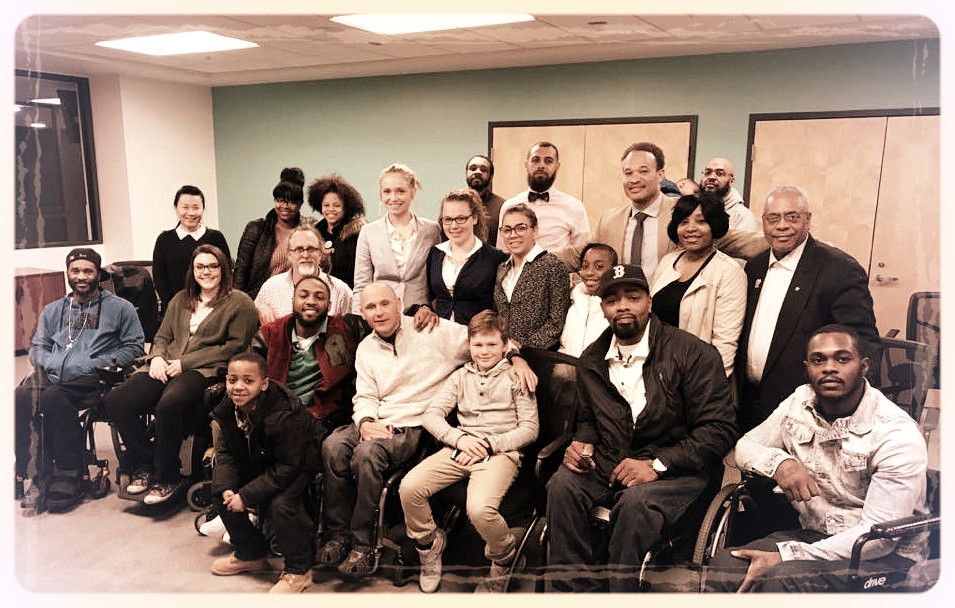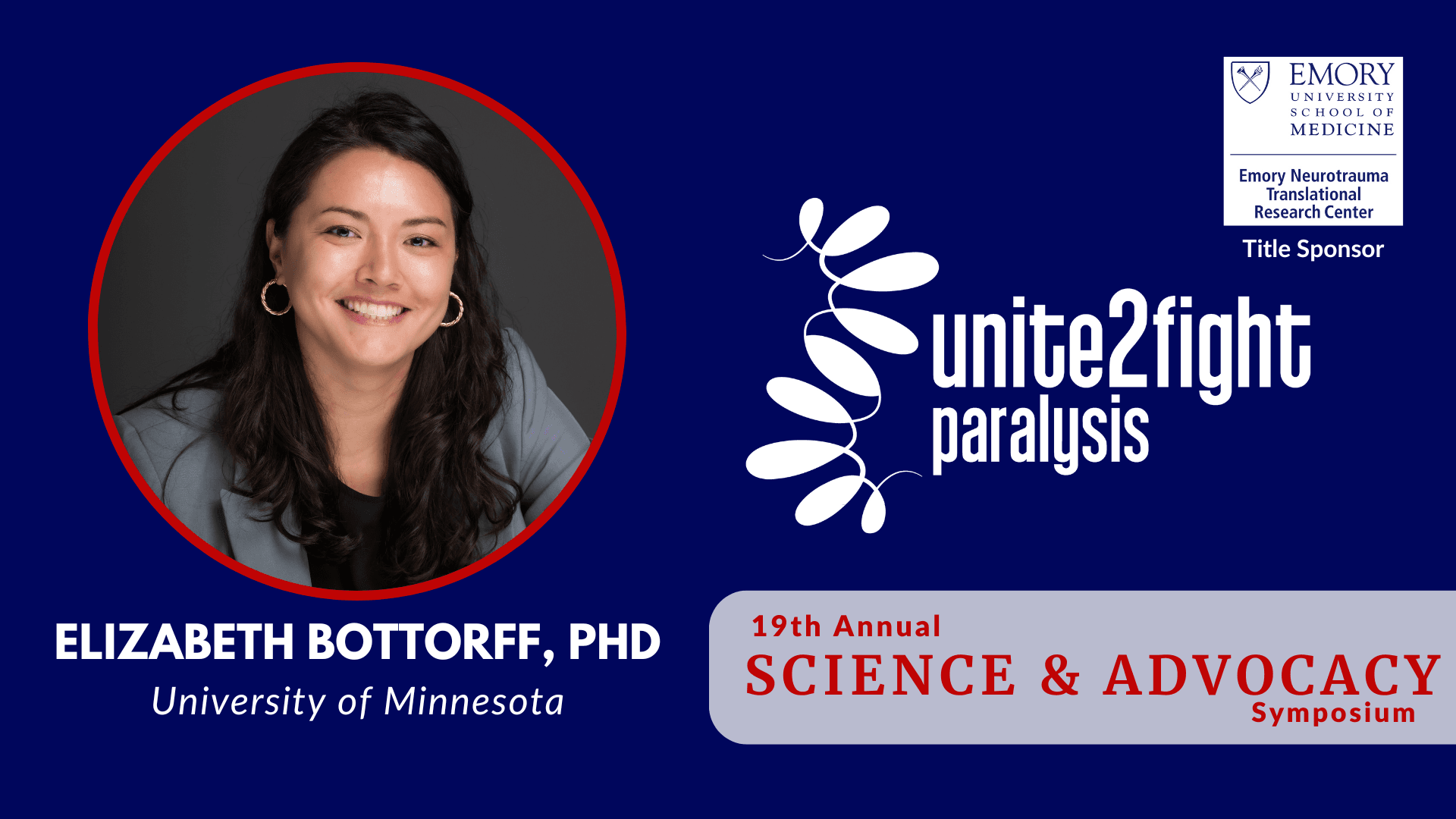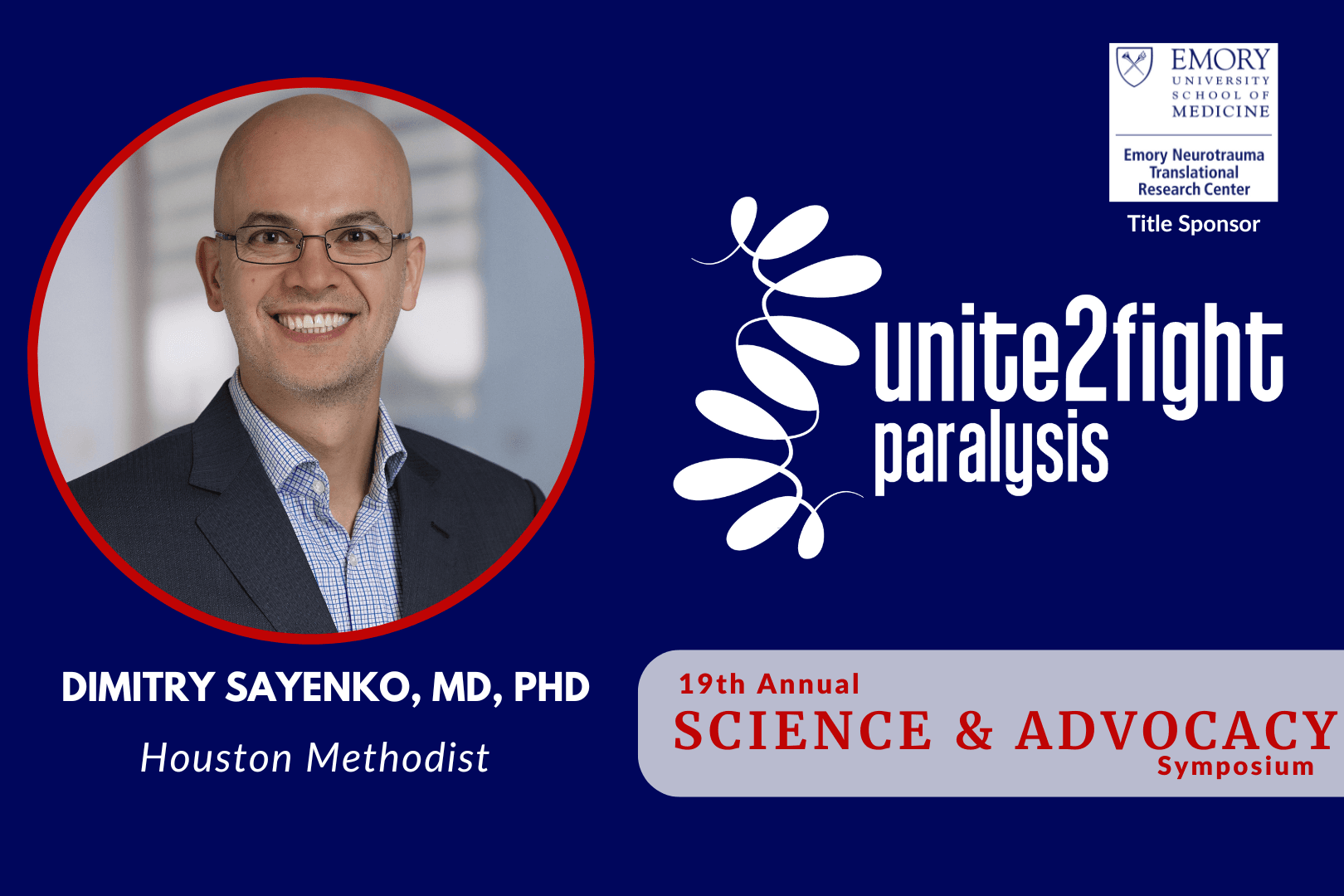September 3, 2024
Symposium Decodes Stimulation: Is This a Win?
Sam Maddox
U2FP’s Annual Symposium is happening September 27-28 in Atlanta, Georgia (register here). This is another installment in my series attempting to unspool the complexity of the scientific presentations at this year’s gathering.
Session three will consider several aspects of spinal cord stimulation, both epidural (eSCS, implanted) and transcutaneous (tSCS, skin surface), including its application to spasticity, women's sexual function, and general sensory and motor improvement.
Give Us an O
Elizabeth Bottorff is a post-doctoral fellow in the University of Minnesota Department of Biomedical Engineering, working with scientist/neurosurgeon David Darrow in the Restorative Neurotrauma Lab. Her primary refrain is that for societal and systemic reasons, women’s sexual function research is pretty lean, hard to study, and way underfunded. Sexuality studies are usually about reproduction and skewed heavily toward male ejaculation. Time to look at arousal and orgasm, and don’t leave out the ladies.
Bottorff’s graduate thesis measured female genital blood flow response to nerve stimulation before and after neurological damage. Better flow, better response. She is now designing a sexual function study for people with spinal cord injury as an add-on to the University of Minnesota EStand trial (Epidural STimulation After Neurologic Damage). Her presentation title: “Can spinal cord stimulation improve sexual function after SCI?”
The answer is yes. Spinal cord stim increases genital hemodynamics. Women in E-STAND reported arousal restoration, and even orgasm.
Bottorff is exploring the potential of eSCS to facilitate psychogenic arousal, that is, becoming aroused through mental stimuli. A recent study in her group was the first study to measure sexual arousal in response to short-term neuromodulation in women. Participants at levels C6 and T10 underwent eSCS placement at the L1 – S1 spinal segments. Later, they watched a sequence of neutral and erotic videos, alternating with stimulation on or off, while measuring genital (blood flow) and subjective (feels good?) arousal. The hypothesis: participants will exhibit increased genital and subjective arousal response when eSCS is active.
Said Bottorff, “By assessing the immediate effects of eSCS on various aspects of sexual arousal, we may be able to discern which neural fibers are responding to eSCS.” This, she added, lays the groundwork for better measurement of functional change, and should lead to better ways to optimize stimulation parameters for facilitating psychogenic arousal.
Spazmataz
Evan Sandler is a PhD student from the Edelle C. Field-Fote lab at the Shepherd Center in Atlanta. Sandler’s emphasis is in tuning and optimizing tSCS to treat spasticity. There’s a long history, going back more than 50 years, noting the effect of stim on irregular muscle tone. The early studies all used implanted devices. More recently, non-invasive stim has been shown to help some people with spasticity. But not everyone responds the same, and some do not respond at all. Understanding why, Sandler suggests, is necessary to smooth the translation of research to the clinic.

So, what are the biomechanics of spasticity, what is the electrophysiology of the damaged spinal cord, and what can be done to modify and manage the excitability of reflexes? For the people who do respond to stimulation, which spinal circuits are recruited, and can we activate those with specific electrode placement of amplitude? It’s complicated, of course, and still not fully detailed.
Combinations
Dimitry Sayenko is from the University of Houston, where he is the Paula and Joseph C. “Rusty” Walter III Endowed Associate Professor, Center for Neuroregeneration, Center for Translational Neural Prosthetics and Interfaces. His presentation at the Symposium: “Neuromodulation of spinal sensorimotor networks using invasive and non-invasive spinal stimulation: Determining the right fit.”
Sayenko has recognized, as have many others, that spinal cord stim is potentially effective for restoring motor function but inconsistently and unpredictably so, and even at its best, estim is not enough.
Sayenko has suggested for a number of years that stim + other approaches (activity based therapy, medication, cortical stimulation, peripheral nerve and/or muscle stimulation, robotics, etc.) might be the best way forward. His lab’s most recent paper is a survey (review) of the 44 combinatorial approaches: “Synergistic implications of combinatorial rehabilitation approaches using spinal stimulation on therapeutic outcomes in spinal cord injury.”
Sayenko stresses that SCS is not plug n play. There are many variables that challenge full clinical utility. We really need to understand the mechanism of spinal cord stimulation more fully, how the spinal networks below the lesion interpret sensory signals to respond and activate motor programming. That’s the hard part. Meanwhile, Sayenko says let’s be more strategic about maximizing the technology for helping people.
Jump in
There’s a lot of focus at this year’s Symposium on spinal cord stimulation. For good reason. As the three discussants in this section of the meeting can attest, SCS has been shown to be effective in many people in a variety of ways. Plus, a skin surface stim device (ARC EX from ONWARD) should be FDA approved very soon. Questions remain. One of them might be yours. Feel free to jump in, that’s the sweet spot for U2FP’s Symposium, a unique participatory learning experience.
Stay curious,
PS - Remember that students and the SCI community (those injured and their families) are eligible for a 50% discount off their registration cost, while PCAs are free. Details for how to take advantage of these savings can be found on our registration page here.
2024 Science & Advocacy Symposium Sponsors





















